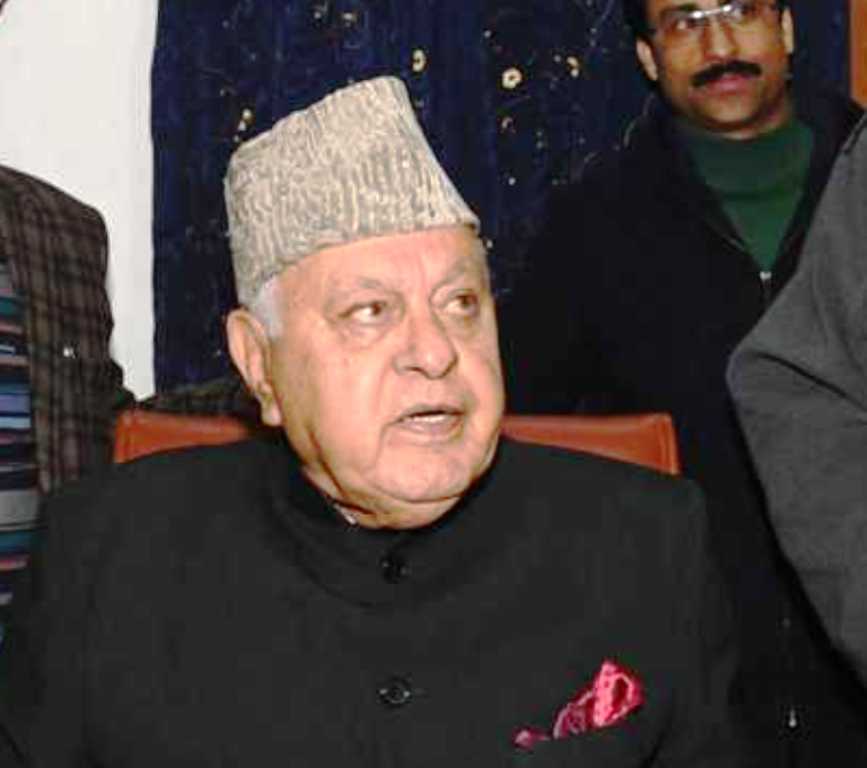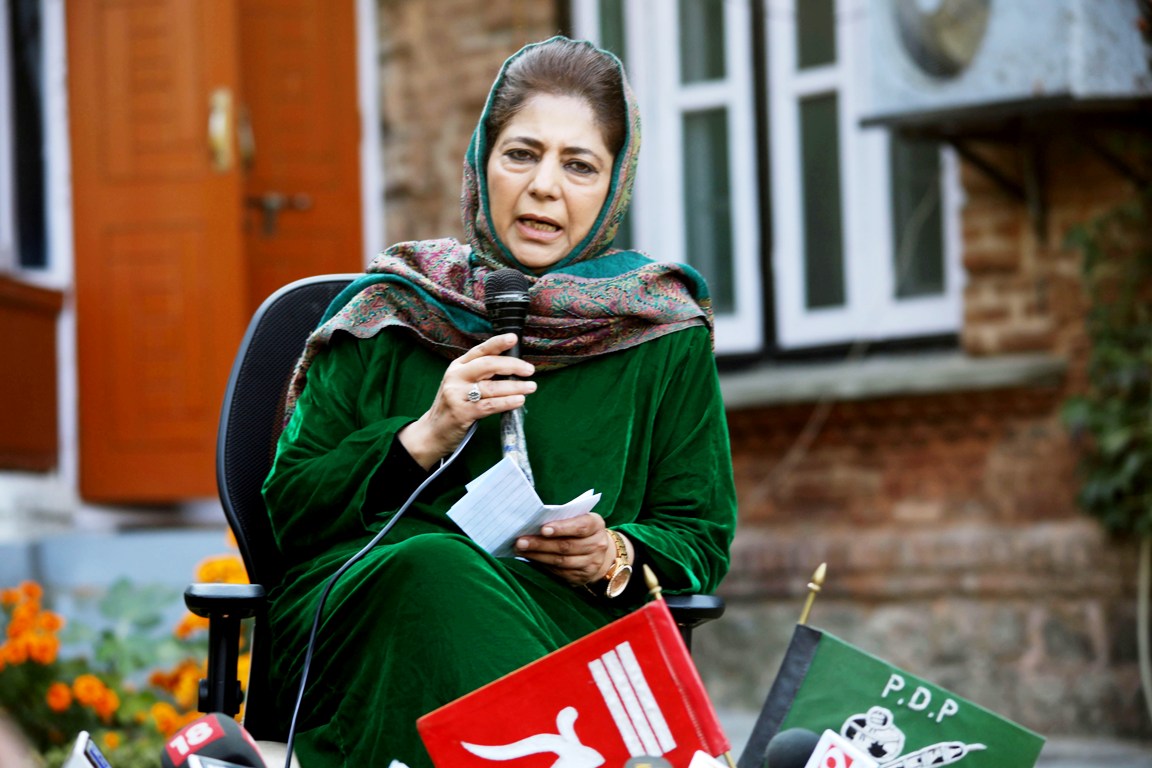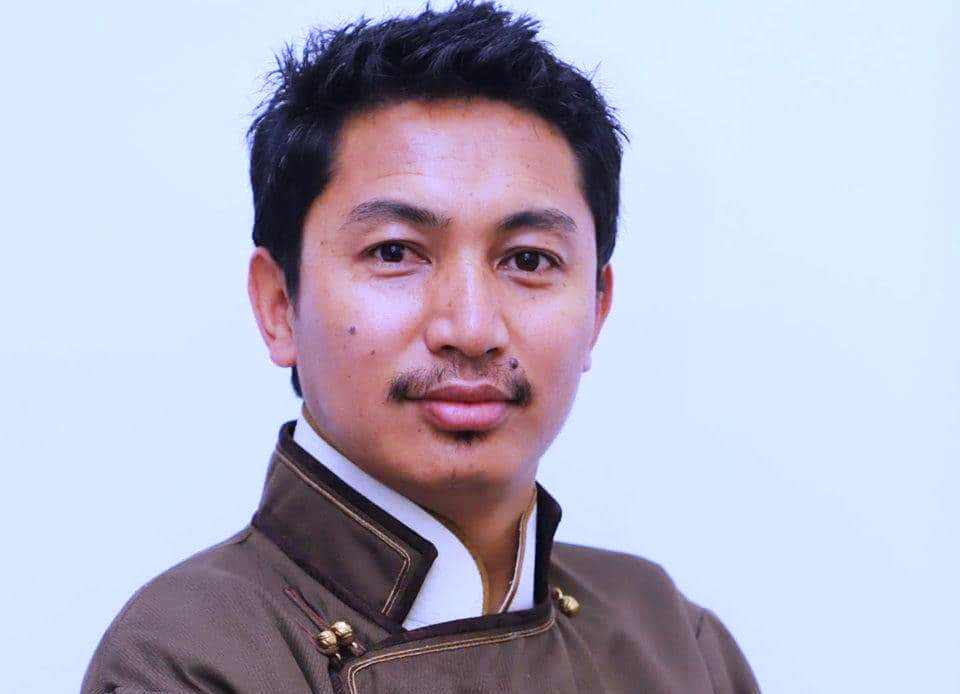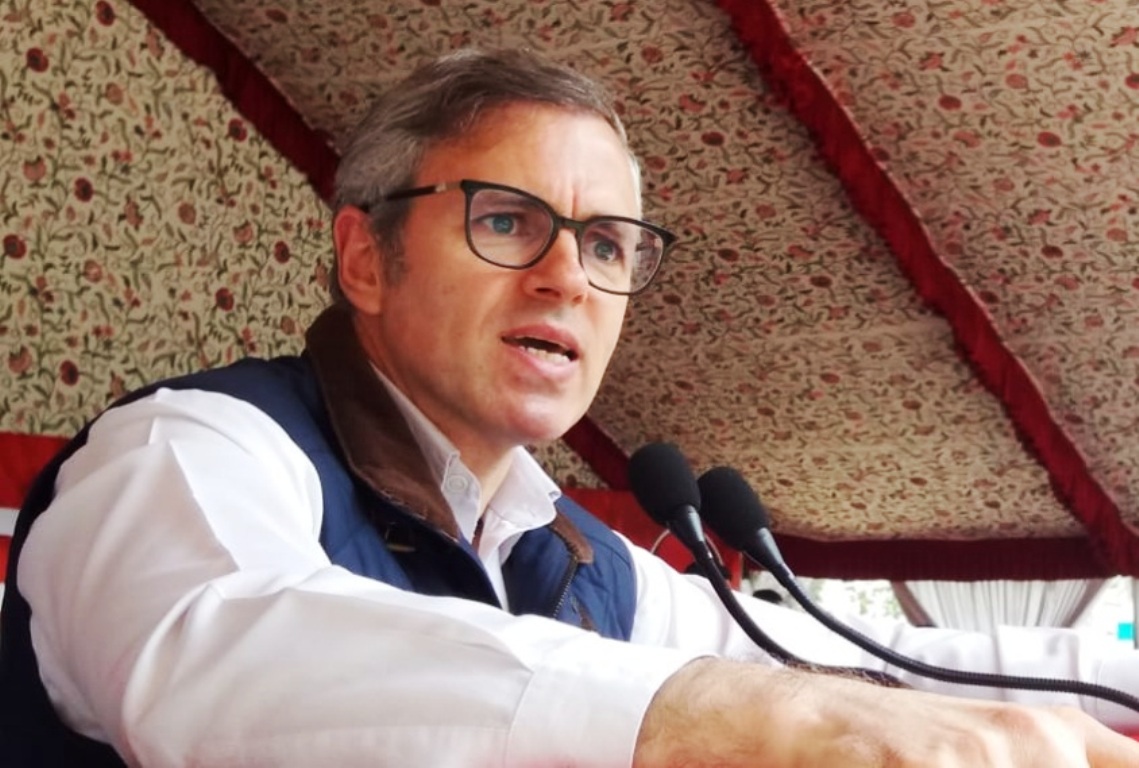It was a quick war that killed more than 5000 people on either side of the Armenia and Azerbaijan as more than 100 thousand were displaced. It ended with a tripartite agreement, brokered by Russia, for the third time in history, but there was a complete absence of the Western world. What was surprising was the presence of Turkey, Pakistan, and Israel and to an extent Iran in the conflict directly or indirectly. Tahir Bhat went through global media coverage of the conflict to draft a comprehensive explainer of the crisis that started and ended without any involvement of larger peacemakers like UN, NATO or OIC. It explains the why, how and when of the crisis that festered the post-USSR central Asia for long.
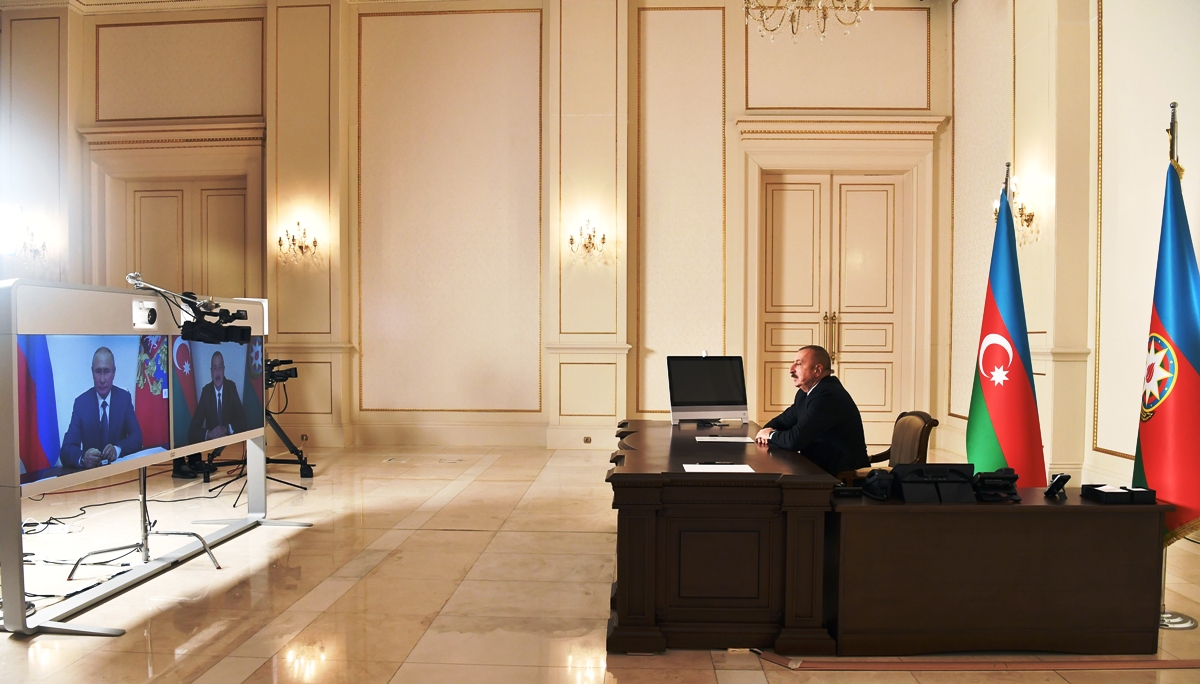
Why Azerbaijan and Armenia were fighting?
As the erstwhile United States of Soviet Russia (USSR) collapsed in 1991 fall, Armenia and Azerbaijan emerged as the new sovereign states like others. The small 4000-sq km region of Nagorno-Karabakh with 125 thousand population is located between these two small countries has historically been part of Azerbaijan. It is strategically located between western Asia and Eastern Europe and is internationally recognised as an Azerbaijan territory. During USSR collapse, the Armenia parliament petitioned Moscow suggested the region be given to Armenia as it has been part of the medieval Armenia kingdom (then called Artsakh) but it was rejected. It, however, asserted to stay autonomous and was supported by Armenia. This triggered a war between Azerbaijan and Armenia backed Nagorno-Karabakh. The clashes continued between February 20, 1988, to May 12, 1994, and the hostilities stopped after Russia managed a ceasefire.
Russia-brokered ceasefire helped ethnic Armenians to taken control of the region. It was during this conflict when the Khojaly massacre involving the brutal killing of at least 161 ethnic Azerbaijani civilians by Armenian armed forces took place. The Muslim who survived fled the Christian dominated region to Azerbaijan.
The region witnessed a 4-day war in April 2016 also and again Russia brokered a ceasefire, again.
The firing resumed in September 2020 and continued for six weeks. Azerbaijan took control over major Shushu city, overlooking Karabakh capital Stepanakert, and more than 200 villages after dismantling the air power of Armenia. There were series of ceasefires but they did not hold. Eventually, Russia prevailed over the two countries and a ceasefire was announced that is holding now, for the third day today.
In all these years, the Nagorno-Karabakh region had started exhibiting some autonomous existence. Armenia apart, the region was having its missions in Australia, France, Germany, Russia, the United States, and Beirut. It lacked UN membership, however.
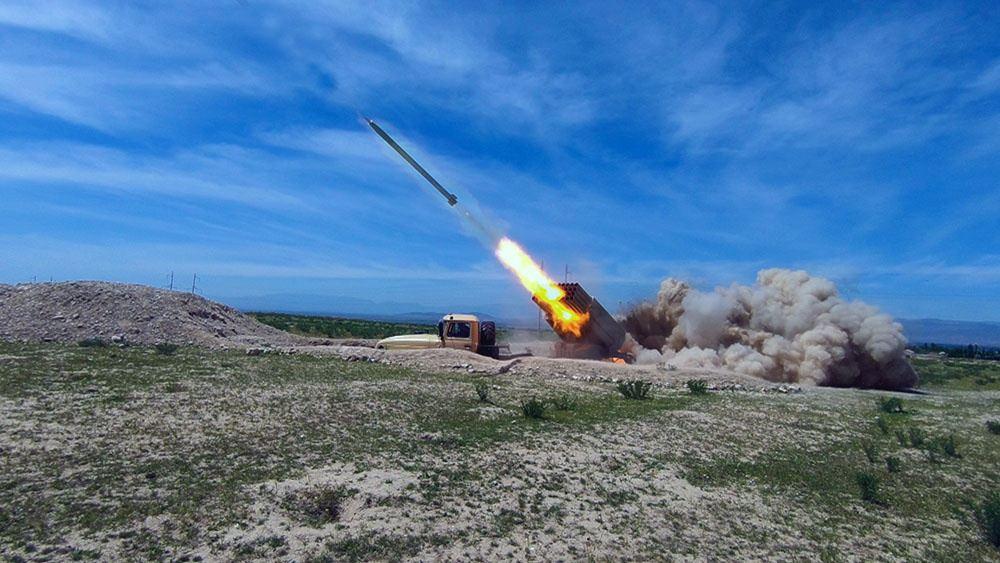
What is the agreement between the two countries now?
The deal that Russia, Armenia and Azerbaijan signed is the world’s first peace deal that took place virtually. The three leaders Russian President Vladimir Putin, Azerbaijani president Ilham Aliyev and Armenian Prime Minister Nikol Pashinyan sat before the cameras’ discussed the issues and finally signed the agreement on November 10.
The deal envisages the Azerbaijan retaining control over the territory what it has managed in the 6-week war. Russia has already deployed its peacekeepers along the line of contact in Nagorno-Karabakh and along the Lachin corridor that links the Karabakh capital, Stepanakert, to Armenia. Supposed to be around 1960, they will remain deployed for as long as five years. People who were displaced because of war will return home and the two sides will exchange the dead bodies, injured and the prisoners. The fighting is stopped. As per the deal, Nakhchivan, the land-locked autonomous region of Azerbaijan will now have a Russian controlled corridor through Armenia to reach Azerbaijan. This west Azerbaijani exclave is surrounded by Armenia, Iran and Turkey.
This statement has historic significance. This statement constitutes Armenia’s capitulation. This statement puts an end to the years-long occupation. This statement is our Glorious Victory!
— Ilham Aliyev (@presidentaz) November 10, 2020
Armenia forces will leave from various other areas of the region and gave its possession to Azerbaijan within the next few weeks. Azerbaijan said Turkey will also be part of the peacekeeping process but Moscow denied it.
This is precisely why the deal is being seen as a surrender and defeat of Armenia. What is more interesting is that the peace deal indicated a major influence of Russia and Turkey in the region as it left no room for any Western power. A distant view of the conflict suggested that Russia, Iran and India were inclined towards Armenia as was the case of Turkey, Israel and Pakistan on the other side. A general impression is that the three countries supportive of Baku had rooted there concern in the fact that an extended Baku-Yerevan conflict could impact their energy supplies. On daily basis, Baku sells around 700,000 barrels of oil and 780 million cubic feet of gas.
Commentators are saying that the post-war agreement is almost similar to what the two sides had reached with third party assistance earlier in 2007. Armenia, however, avoid signing the agreement further paving way for the tensions in the region which led to the war in 2020.

What is the nature of the conflict?
It is essentially territorial. The conflict evolved from apparently communal unrest between 1988 and 1990 and small-scale civil war involving rag-tag militias and irregulars in 1991 to an all-out war between two newly established states in 1992-1994. The conflict involves two key factors – the territorial integrity as Azerbaijan has been saying and eventually seems to have managed and the right of self-determination of the population that does not want to live with Azerbaijan and has a support of Armenia. Azerbaijan is predominantly Muslim, unlike Karabakh where Christian Armenians are the majority. The size of the area and the population inhabiting it is small. With Azerbaijan’s territorial integrity restored, it may have to negotiate with the Karabakh region for autonomy, something short of independence they are seeking.
What have been the costs of the 2020 conflict?
It is not known but a general belief is that for the two countries the 2020conflict has been devastating both in terms of the death, the injured and the loss to the infrastructure. Rusian President Putin who said he has been in touch with both sides throughout has said more than 5000 people were killed from both sides.
How Russia is placed in the conflict between two of its erstwhile sister states?
What is interesting is that Russia supplies arms to both countries. However, unlike Azerbaijan Armenia is a member of the regional security alliance called the Collective Security Treaty Organisation (CSTO). Moscow has always maintained that it has good relations with both the countries and wishes to stay neutral. Some commentators see Russia a rival to Azerbaijan owing to its monopoly over energy supplies to Europe. Russia is the only country that has a military base in Armenia.
Conflict Chronology
1920s: During Soviet rule in the south Caucasus, Nagorno-Karabakh became a semi-independent Soviet region within Azerbaijan.
1988: Nagorno-Karabakh voted to be part of Armenia, a decision opposed by both Baku and Moscow.
1990s: With the collapse of the Soviet Union, Soviet rule was transferred to Baku, but the majority Armenian population in the region resisted that decision.
1991: Armenian separatists seize Nagorno-Karabakh, along with seven adjacent Azeri districts, triggering a conflict that led to the death of at least 30,000 people and the displacement of hundreds of thousands.
1992: The Conference on Security and Cooperation in Europe (now the Organisation for Security and Co-operation in Europe (OSCE) created the Minsk Group to encourage a peaceful, negotiated resolution to the Nagorno-Karabakh conflict. Co-chaired by Russia, France and the United States, the Minsk Group was criticised by Azerbaijan as biased to Armenia.
1994: A ceasefire was signed, ushering in two decades of relative stability.
2016: Deadly fighting erupted, killing at least 200 people from both sides.
2018-2019: When the freely elected protest leader Nikol Pashinyan came to power in 2018, he took steps with Azerbaijan’s President Ilham Aliyev to bring about a peaceful resolution to the conflict, vowing in a joint-statement in 2019 to “take concrete measures to prepare the populations for peace”.
July 2020: A flare-up of fighting between the two countries kills at least 17 combatants from both sides.
September 27, 2020: Clashes erupted between Armenian and Azeri forces in Nagorno-Karabakh. Armenia declared martial law and mobilised its male population to join the fighting.
November 10, 2020: Russian President Vladimir Putin, Azerbaijani president Ilham Aliyev and Armenian Prime Minister Nikol Pashinyan signed an agreement that ended the conflict. Azerbaijan retained what it gained during the war and is expected to take-over other areas soon. It is being seen as Armenia defeat.
What was the role of Israel in the conflict?
The media coverage of the conflict suggested that Azerbaijan used the Tel Aviv supplied drones to smash the air defence systems of Armenia. Israel, it is interesting has relations with almost everybody in the region including Russia and Armenia. With Azerbaijan, it has a special relationship because it is the major energy supplier to the Jewish nation and buys most of its military hardware from it. Though Israel has diplomatic relations with Armenia as well but Armenians procure their military requirements from Moscow. Arms supplies apart, Tel Aviv has trained Azeri special forces also.
Azerbaijan supplies almost 40 per cent of Israel’s oil needs through the 1.2 million barrels a day Baku-Tbilisi-Ceyhan pipeline that handles almost 80 per cent of Azeri oil exports.

What was Turkey doing in the region?
Media reports did suggest that Turkish troops participated in the conflict but that was not confirmed by independent sources. However, it is a fact that Azerbaijan and Turkey enjoy a special relationship that is rooted in history. After the deal was announced, the Turkish foreign minister led a delegation to Baku, the Azerbaijan capital. Turkish leaders were as excited as the Baku was and the people celebrating the victory on Baku streets carried the flags of Turkey alongside their own country’s flag.
Turkish President Recep Tayyip Erdogan publicly supported Baku in its struggle until the “end of the Karabakh occupation”. Turkey sees the Azeri Turks as part of the large Turkic nation and it is not uncommon to hear in both countries: ‘one nation, two states.’ Azerbaijan has been part of the Ottoman caliphate till its collapse following which it was taken over the USSR. Interestingly, even in July 1921, when the Bolsheviks led by Joseph Stalin formally transferred the Nagorno-Karabakh to Soviet Azerbaijan – apparently in a bid to placate Turkey, the region had sought inclusion in Armenia The petition, however, was rejected by the Kremlin.
But what is Pakistan doing in the region?
Though off late, Pakistan and Turkey are trying to move around the same trajectory within the fold of the Saudi dominated Organisation of Islamic Cooperation (OIC), Pakistan has been Azerbaijan’s old ally. Pakistan was the first country to accept Azerbaijan as an independent state and it continues to be the only country that has not recognised Armenia (the other country it does not recognise is Israel) as a state owing to the Karabakh issue. Though Armenians have historically migrated and lived in Pakistan, the two countries have no relations. In the September conflict, Pakistan was the second country that came publicly in support of Azerbaijan.
The other affinity that is between Baku and Islamabad is that Azerbaijan has historically remained supportive of Pakistan’s Kashmir narrative. It continues to be the member of the OIC’s Contact Group on Kashmir since 1996.
There were media reports that Pakistani troops participated in the conflict but Islamabad’s Foreign Office trashed it saying it terming reports as “speculative and baseless.”
Baku and Islamabad have inked an agreement in 2003 that allows Azerbaijani military staff, in particular special force units, to take part in annual military drills along with Pakistani armed forces.

A hybrid world war has started and the more the world continues to ignore it, the more it will become noticeable. This war is equally directed against Christians, Muslims & Jews. #Artsakh has become the frontline for anti-terrorism. We're with you, Vienna. Civilization must win!
— Nikol Pashinyan (@NikolPashinyan) November 3, 2020
Was there any role for India?
Apparently, there is no role. Delhi has diplomatic relations with both countries. It has had a very insignificant investment in Baku’s oil futures and recently there has been an agreement with Armenia envisaging a US $40 million sale of four Swathi weapon-locating radars. An earlier agreement of 1995 forbids Delhi from helping Azerbaijan in case of a conflict with Armenia over the disputed region. So far, three heads of the state of Armenia have visited India. However, there has not been anybody from Azerbaijan that came to India and vice versa.
India has taken a public position that it would support a peaceful resolution to the conflict. Earlier Delhi would talk about respect for territorial integrity. Though Armenia has been supportive of Delhi’s stand on Kashmir, India has avoided publicly endorsing Nagorno-Karabakh’s right for self-determination, apparently because of its repercussions back home. As recently as September 27, 2020, Armenian Prime Minister, Nikol Pashinian threw his country weight behind Delhi’s Kashmir position. He has met Prime Minister Narendra Modi in September 2019 on the sidelines of UN General Assembly session. Earlier in April 2020, Yerevan City Council approved the installation of Mahatma Gandhi’s statue in the Armenian capital.
There are around 1800 Indian’s living in Azerbaijan. Open-source media reports suggest that it was during the conflict that the media coverage by Indian media outlets triggered a situation that the Indian origin people started being asked uncomfortable questions.
What is the current situation?
The most important thing is the ceasefire is intact. The Armenian troops are leaving the territories so are the sections of the people who fear reprisals after Baku takeover. Azer media is gung-ho over the historic victory and now details are emerging about the status of the region ever since it was taken over by Armenian separatists. One media report quoting Azerbaijan National Academy of Sciences (ANAS) survey said that 63 of the 67 mosques that were in the region are destroyed.
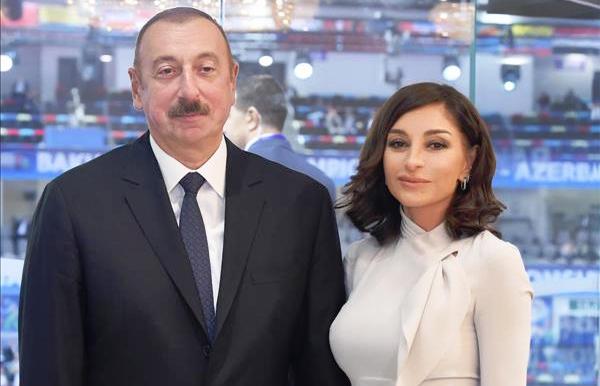
While the peace deal turned Azerbaijan ecstatic, it has triggered unrest in Armenia. For the third consecutive day, tens of thousands of people have come on roads to protest the agreement and resignation of the prime minister. A number of protesters were injured in Yerevan, the Armenia capital, and there were arrests also. In his public address after signing the deal, Pashinian said it was “extremely painful for me personally and for our people,” to sign the deal because the situation was a “catastrophe” and he had no choices left.
#Artsakh's cultural cradle #Shushi stands strong against #Azerbaijan's attacks. The precious environment that the people treasured in their #hometown is being barbarically targeted by the aggressor, yet surely, #Artsakh's strong desire for #peace will prevail over any threat. pic.twitter.com/6Cx6osKvJ3
— Armenia ?? (@armenia) November 6, 2020
Pashinian has said that he agreed to sign the deal after the Armenian army suggested it. Now, Chief of the General Staff of the Armenian Armed Forces, Colonel-General Onik Gasparyane has endorsed it. “This decision was an absolute necessity, the rejection of it could lead to irreversible consequences,” Armenian media quoted Gasparyan saying. “This must be clearly accepted and understood. I think this decision is correct, regardless of any speculation. This is a very bitter truth for us, but it was the result of an objective assessment of the situation.”
The war victory is expected to help Azerbaijan president in consolidating his empire and silence his critics. Ilham Aliyev’s family has been running the oil-rich nation as a fief. His father ruling Azerbaijan for around 30 years while being part of the USSR and after its collapse. Then the son took over in 2003. In 2017, he resorted for a referendum so that he could accommodate his ophthalmologist wife Mehriban Aliyeva, as one of the vice president’s. The family is filthy rich as they have stakes in oil, banking and insurance.
Will peace prevail?
A general impression is that since Azerbaijan has managed to achieve its objective, there will not be any tensions in future. For preventing a renewed crisis, the Russian peacekeepers would stay put in the region for the next five years. However, commentators insist that while the peacekeepers has secured the area and infrastructure, Baku may require to reveal how it intends to assure the ethnic Armenians that they can live with a majority Muslim countries with which it has had a tense past. Currently, the mood in Baku is that of a victor but in coming days it may have to take a call on which kind of politics it will permit in the region that hates to live with it.


